Ford 302 Engine Guide

Meet Chandler
Chandler has a bachelors and masters degree in history as well as a passion for classics and muscle cars. His education and historical knowledge makes him skilled at crafting highly detailed articles about America’s muscle cars and automotive history. His love of muscle cars is undeniable, with him seeking them out at every opportunity during his visits to auto shows and car meets. Chandler’s knowledge and enthusiasm towards automotive history make him a great asset to the Muscle Car Club community.
Ford’s longtime 302 V8 engine will undoubtedly go down as one of the top engines in American history. First introduced in the late-’60s in models like the Mustang, Ford’s small-block 302 lasted all the way until 2001. Over its three decade production span, Ford put the 302 into just about anything they could, including coupes, sedans, trucks, and passenger vans. From 1969-1970, and again from 2012-2013, Ford released the high performance Boss 302 versions of the standard 302.
Alternatively known as the High Output 5.0 from 1982 on, Ford’s 302 was consistently one of their most popular engine choices. Performance enthusiasts have also been known to gravitate toward the Ford 302, using it in countless drag racing and road racing applications. This guide will cover the entire Ford 302 span, including its history, specs, common problems, and performance upgrades. First, let’s take a look at the 302’s vaunted history.
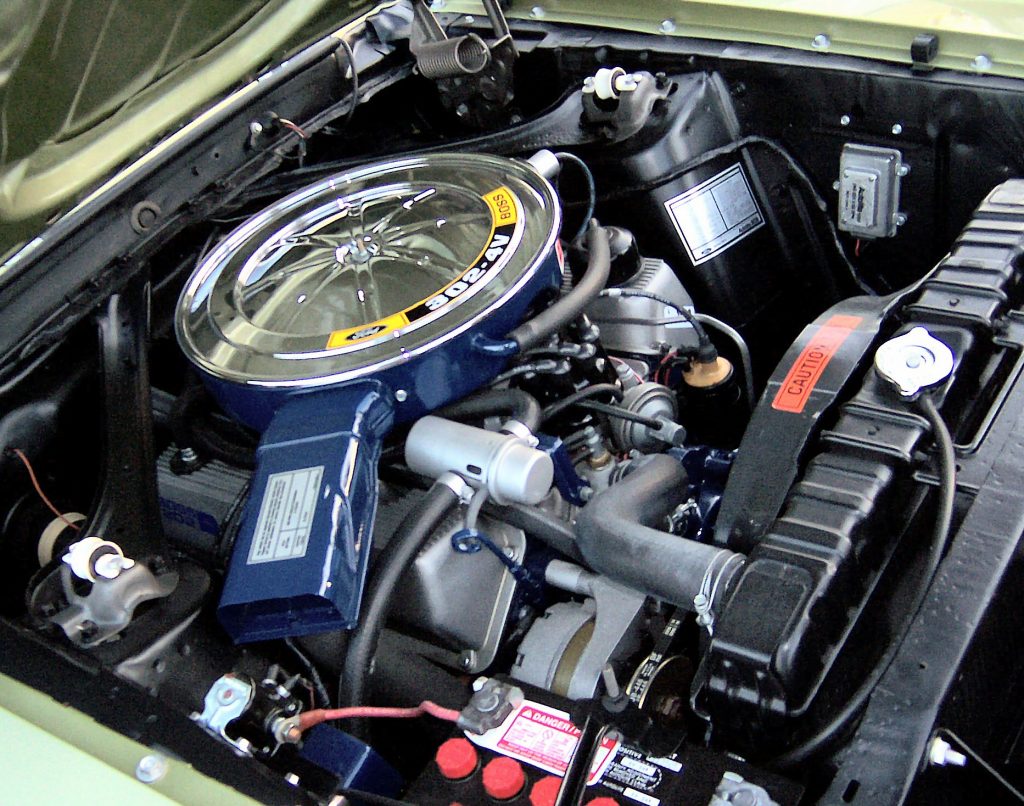
Ford 302 Engine History
Ford initially created the 302 engine for the GT40 race car for the 1968 24 Hours of Le Mans race. New regulations meant the old 427cid V8 used during the 1966-1967 races was too big, and Ford needed to downsize. They went back to the drawing board and took the 289 cid engine from the Mark I GT40 and stroked it out to 302 cid, or 4.9 L – just under the new 5.0 L regulations. Thus, the new Ford 302 V8 was officially born.
Ford started using it in production vehicles in 1968, putting it in models like the Galaxie, Fairlane, and Mustang. Early versions were known as the Challenger V8, but that did not stick around for very long. Colloquially, most people generally refer to the 302 as the Windsor 302 or Windsor V8, though Ford never officially used that term. The Windsor moniker comes from the engine’s production plant in Windsor, Ontario.
Using SAE Gross ratings, the 1968-1969 302 V8 made 210-230 horsepower and 300 lb-ft of torque. For 1968, Ford also used a high performance version of the 302, the “J Code” 302, for the Shelby GT-350. The “J Code” 302 had numerous improvements over the standard version and made 306 horsepower and 310 lb-ft of torque (SAE gross).
The Ford 302 and 5.0 HO in the 1970s
Unfortunately for the 302, the emissions crunches of the 1970s spelled serious decreases in power. In addition, the switch in U.S. automobile manufacturers to using SAE net instead of SAE gross ratings for horsepower and torque also made the Ford 302 seem even less powerful than it was.
From a peak of 230 horsepower in 1968-1969, the Windsor V8 bottomed out at barely 130 horsepower in the mid-1970s. By the end of the decade, Ford was planning on phasing out the 302 altogether in favor of smaller displacement engines. However, that never ended up happening, and Ford kept it in production.
Ford used the Windsor V8 in the first and second generation Mach 1 Mustang. For 1971, Ford rated the engine at 210 horsepower, but from 1972-1973, and 1975-1978 it dropped down to 140 horsepower. Part of this was the change in SAE ratings, but the engine was also less powerful.
Beginning in 1979, Ford started to rebrand the 302 cid as the 5.0 liter as part of the U.S.’ brief flirtation with the metric system, and the name stuck around. Even the newest Coyote V8 is still referred to as the 5.0 today — though the Coyote actually is 5 liters.
The Ford 5.0 HO in the 1980s
In 1982, Ford released a reworked version of the engine branded as the High Output 5.0. This engine had minor improvements to it and made slightly more horsepower than the standard output engine. Ford offered both the standard output and high output versions of the 5.0 all the way through the 1990s.
When Ford originally introduced it in 1982, the Window 302 made barely 157 horsepower in most models – hardly high output. But, in the Ford Mustang, the new High Output 5.0 made 175 horsepower in 1984, 210 horsepower in 1986, and 225 horsepower starting in 1987. The highest performance High Output 5.0 was in the 1995 Ford Cobra, where it made 245 horsepower.
The Decline of the Original 5.0/302
Beginning in the 1990s, Ford started to phase out the 302/5.0 in favor of the new 4.6 l Modular V8. The new modular Ford V8 engine series featured lighter weight aluminum blocks and made much more horsepower. Most cars and trucks had stopped using the Ford 302 by 1996, with the only exception being the Ford Explorer. The Explorer used the 5.0 High Output until 2001, when the engine was officially discontinued.
Yet, that wasn’t the true end of the original 5.0, as Ford has continued to offer it as a 302 crate engine using the newest Boss 302 block (see below). Today, there are thousands upon thousands of Ford 302 powered vehicles still on the road, a true testament to the engine’s reliability and massive production numbers.
In 2011, Ford revived the 5.0 namesake (this time with an engine that actually was 5 liters) with the new Coyote V8 from the modular V8 family. The Coyote V8 has quickly become one of the most sought out small-block V8s on the market, and Ford rated it at 450 horsepower for the 2022 model year.
The Boss 302 Mustangs
From 1969-1970 and 2012-2013, Ford produced high performance variants of the engine Windsor V8 called the Boss 302. The original Boss 302 lasted from 1969-1970, and the second generation lasted from 2012-2013.
The original Boss 302 was essentially a high output 302 that Ford designed almost exclusively for the Mustang. Ford rated the Boss 302 at 290 horsepower and 290 lb-ft of torque.
While the standard 302 was a popular motor, the Boss 302 is what catapulted it into its legendary status. Ford created the Boss 302 for the 1969 Trans Am Racing Series, where it was branded into the hearts of many. While it wasn’t as powerful as the big block Cobra Jets, it was still used by many drag racers and road racers. The engine was so popular, people started referring to the car as the Boss 302, even though it was officially just named Boss.
Ford discontinued the Boss 302 after just two years in production, making it one of the rarest engines and Mustangs in history. The only car besides the Mustang that Ford offered the engine in was the Cougar Eliminator, through its Mercury subsidiary.
In 2012, Ford revived the Boss 302 moniker for a high performance version of the new 5.0 Coyote V8. The new Boss 302 made 444 horsepower and 380 lb-ft of torque, and was built for drag racing. Like the original, the second generation 302 Boss lasted only two years, and Ford discontinued it after 2013. The Boss 302 Coyote is still available from Ford as a crate engine, and its block is used for the standard 302 crate engines.
Ford 302 Engine: Technical Specifications
| Engine | Ford 302/5.0 HO | Shelby 302 (GT-350) |
| Model Years | 1968-2001 | 1968 |
| Displacement | 4.9 L (301.6 cid) | 4.9 L (301.6 cid) |
| Aspiration | Natural Aspiration | Natural Aspiration |
| Configuration | V8 | V8 |
| Compression Ratio | 8.0:1 – 10.1:1 | 10.1:1 |
| Bore and Stroke | 4 in x 3 in | 4 in x 3 in |
| Valve Train | OHV 2v/cy, 16V | OHV 2v/cy, 16V |
| Fuel System | Carburetor/Fuel Injection | Four-Barrel Carburetor |
| Head/Block Material | Cast Iron | Cast Iron |
| Horsepower Output | 130-235 horsepower | 306 horsepower |
| Torque Output | 225-300 lb-ft | 310 lb-ft |
Boss 302 Engines: Technical Specifications
| Engine | Boss 302 (Gen I) | Boss 302 (Gen II) |
| Model Years | 1969-1970 | 2012-2013 |
| Displacement | 4.9 L (301.6 cid) | 5.0 L (302.1 cid) |
| Engine Family | Ford 90° V8 | Ford Modular V8 |
| Aspiration | Natural Aspiration | Natural Aspiration |
| Configuration | V8 | V8 |
| Compression Ratio | 10.5:1 | 11.0:1 |
| Bore and Stroke | 4 in x 3 in | 3.63 in × 3.65 in |
| Valve Train | OHV 2v/cy, 16V | DOHC, 4v/cy, 32V |
| Fuel System | 780cfm Carburetor | Electronic Fuel Injection |
| Head/Block Material | Cast Iron | Aluminum |
| Horsepower Output | 290 horsepower | 440 horsepower |
| Torque Output | 290 lb-ft | 380 lb-ft |
Ford 302 Engine Car Applications
The Ford 302/5.0 HO was featured in the following cars from 1968-2001:
- Ford Bronco
- Ford Country Squire
- Ford E series
- Ford Explorer
- Ford F-Series
- Ford Fairlane (Americas)
- Ford Fairmont
- Ford Falcon (North America)
- Ford Galaxie
- Ford Granada (North America)
- Ford LTD (Americas)
- Ford LTD II
- Ford LTD Crown Victoria
- Ford Maverick
- Ford Mustang
- Ford Ranchero
- Ford Thunderbird
- Ford Torino
- Lincoln Continental/Mark
- Lincoln Town Car
- Lincoln Versailles
- Mercury Capri
- Mercury Colony Park
- Mercury Comet
- Mercury Cougar
- Mercury Cyclone
- Mercury Grand Marquis
- Mercury Marquis
- Mercury Monarch
- Mercury Montego
- Mercury Mountaineer
Ford 302 Engine Specifications
The Original Ford 302 V8
The Ford 302 is part of Ford’s 90° V8 engine family that they first started building in 1962. The original 90° V8 displaces 221 cid, which Ford soon bored to 260 cid and then 289 cid within a few years. In 1967, Ford stroked their 289 V8 to 301.6 cid and started calling it the 302. They branded it as the Challenger V8 originally, and soon people started calling it the Windsor V8.
The Ford 302 engine had a cast iron block and head, and it technically displaced 4.942 liters, even though Ford branded it as a 5.0 l. It had a bore and stroke of 4 in x 3 in. Ford initially gave it a compression ratio of 10.1:1 in 1968, but that quickly dropped along with horsepower. By 1969, in some models it was already down to 9.5:1, dropped further to 9.0:1 in 1971, down to 8.5:1 for two years, and finally bottomed out at 8.0:1 from ‘74-’75. Horsepower dropped from a high of 230 in 1968 to a low of 130 less than ten years later.
The original Windsor V8 used either double or quad-barrel carburetors, depending on the application. Starting in 1980, some versions got throttle-body fuel injection. In 1986, Ford introduced a much more efficient sequential multi-port fuel injection system to replace the throttle-body injection system. The new fueling system aided performance, fuel economy, and emissions.
Ford only required regular gas in the 302, except in the Boss 302 which needed premium. Standard 302 engines all had 2 bolt mains, as well as hydraulic rather than solid adjustable lifters. The 302 was an overhead valve (OHV) pushrod engine with a single in-block-cam. It had two valves per cylinder, for 16 valves total.
The 5.0 High Output Ford 302
In 1982, Ford introduced the High Output (HO) version of the Windsor V8 boasting slightly more horsepower. It had a new firing order of 1-3-7-2-6-5-4-8, which is different from the original 1-5-4-2-6-3-7-8 firing order.
The engine was largely the same, but there were some other important differences. The block was made 120 lbs lighter with thinner walls and a 2-piece rear main bearing seal. The cam was changed to a flat tappet design from the 1973 Torino. The new cam had a duration 260° intake, 278° exhaust, and lift of 0.416″ intake, 0.444″ exhaust. The compression ratio was 8.4:1, and Ford introduced new cast pistons.
The initial HO 5.0 used a 379 cfm Motorcraft two-barrel carb, which Ford upgraded to a 680 cfm Holley 4180C four-barrel carburetor. Ford also gave the HO 5.0 a new intake manifold made from aluminum, which was much lighter than the previous cast iron one.
Big changes came in 1985, when Ford gave the 302 a new hydraulic roller tappet camshaft design with a 266° duration and lift of 0.444”. In 1986, Ford introduced electronic sequential multi-port fuel injection to replace the existing throttle-body fuel injection system. The new system used speed density for air measurement and had a 58 mm throttle body with 19 lb/hr injectors. Compression also jumped back up to 9.2:1 with new pistons.
From 1987-1992, the engine used forged pistons, but they were hypereutectic afterwards. The fuel injection system also switched from speed density to a mass airflow system starting in 1989. Ford put the highest performance HO 5.0 in the 1995 Cobra Mustang. This 5.0 made 245 horsepower, had a GT40 style intake manifold, a larger throttle body, larger injectors, and higher lift camshafts.
The Tunnel Port 302
In 1968, Ford created the Tunnel Port 302 for competition in that year’s Trans Am Racing Series. The tunnel port heads took the pushrod design from 427 big-block, which had the pushrods actually go through the intake ports instead of being alongside them. This helps increase flow, because the intake ports can be larger and straighter.
The intake and exhaust valves are both bigger on the tunnel port versus the standard 302, and it uses a new head to incorporate them. Race versions made upwards of 420 horsepower, and had a red line of 8,500 RPM.
There were differences between the racing version and the production version. The racing version used twin 540 cfm Holley carbs with a high-rise aluminum intake manifold. It also used forged pistons, had a much higher, 12.5:1 compression ratio, and forged crankshaft. The standard production version had different pistons for 10.5:1 compression, and used a hydraulic instead of solid lifter cam.
The Gen I Boss 302 Variant
While the tunnel ports were supposed to help Ford dominate the 1968 Trans Am series, instead they kept blowing up their bottom ends. Instead of trying to fix the tunnel port, which had a peaky powerband, Ford decided to use a new head. This one was about to be put on the brand new 351 Cleveland V8 set to roll out that year, and Ford engineers discovered it fit the 302.
The new 351 head offered improvements over the tunnel port, including larger valves and canted-style head. These seriously improved flow and horsepower over the old head, and eased a lot of the design woes from before. The combination of the 302 tunnel port bottom end and the 351 Cleveland head became officially branded as the Boss 302.
The race versions of the Boss 302 made more than 450 horsepower and had a forged crankshaft, stronger “SK” style rods, domed forged alloy pistons, a 12.0:1 compression ratio, and a “teton grind” DOZX solid lifter cam. The race versions also had huge dual 1050 cfm Holley Dominator carbs and a twin-snorkel ram air airbox. Ford fitted stainless steel headers to the competition Boss 302, and it could reliably hit 8,000 RPM down long stretches.
The production version used a cross-drilled crankshaft (1969 only), forged connecting rods, domed pistons, a 10.5:1 compression ratio, and a solid lifter cam. The valves were slightly smaller than the competition version, but it still used the canted-style head. Ford used a 780 cfm Holley Carb on the street versions, bolted to a dual-plane, high-rise aluminum intake manifold. Ford rated the street version at 290 horsepower, though it likely made closer to 350 horsepower.
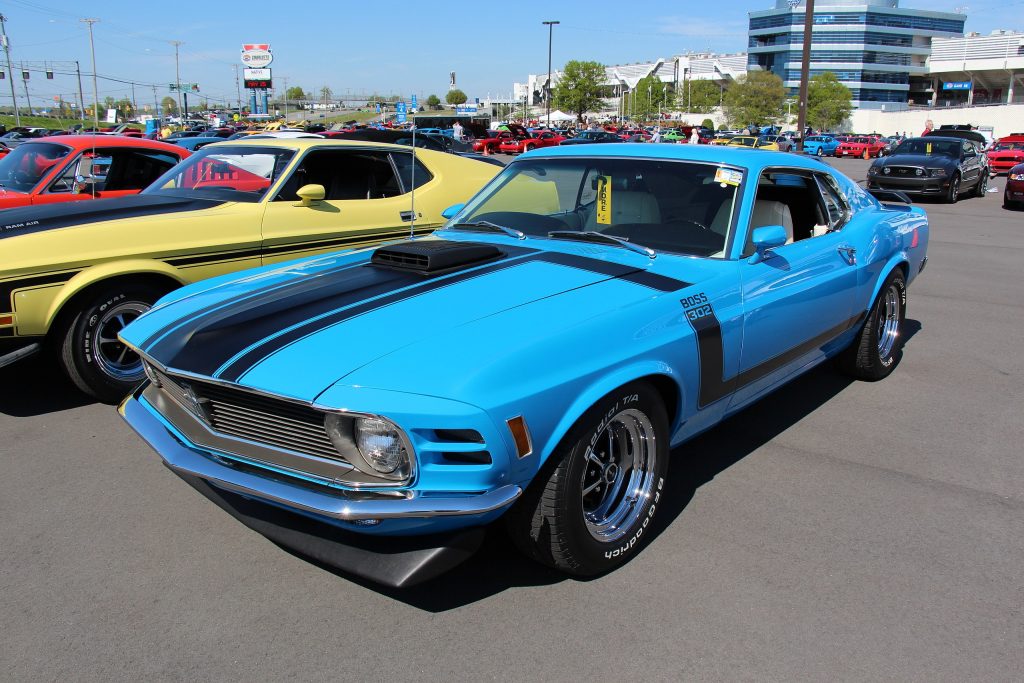
The Gen II Boss 302 Coyote Variant
Ford created the second generation of the Boss 302 engine in 2012 by modifying the new modular 5.0 Coyote V8. The engine was known as the Boss 302 RoadRunner, and lasted just two years, like the original Boss 302 run, until 2013.
The Boss 302 Coyote Roadrunner made 444 horsepower and 380 lb-ft of torque, and was a high performance version of the standard Coyote. It got new stronger connecting rods, ported heads, and a new intake manifold, to go along with higher lift cams and stronger valve springs. The new manifold was completely ported, and had shortened runners for better performance.
The Boss 302 was the first 5.0 Coyote to have a 7,500 RPM redline, something soon adapted to the standard version. Ford lightened and stiffened the valve train compared with the standard Coyote, and removed the piston cooling jets. The rotating assembly was also reinforced for high mileage and high RPM performance, and Ford gave the Boss 302 a new racing crank and rod bearings, as well as an oil cooler.
Ford built the 302 for both performance and longevity, wanting to make something that could roast tires for well over 150,000 miles. While most Boss 302s will never see anything close to that mileage, there’s no doubt about the engine’s stout engineering.
Ford 302 Common Problems and Reliability
The fact that Ford produced the 302 engine from 1968-2001, and put in everything from pickup trucks to roadsters, should give you a pretty good indication of its reliability. These things are tough, and that’s not an understatement.
For properly maintained and well taken care of Ford 302 engines, 100,000 miles is nothing. There have been some 5.0 motors that have been pushed past 500,000 miles before with only minimal rebuilds. Even modded 302 engines have a pretty good lifespan, provided the build isn’t too extreme and all supporting mods are installed. You should feel very confidant about your 302 making it into high mileage if you take care of it.
Ford 302 Rear Main Seal, Timing Chain, & Sensor Issues
If there were any problems that could be somewhat consistently linked to the 302, it would be timing chain wear, leaking rear main seal, sequential fuel injection system, and crappy sensors (MAF/MAP, 02, EGR). The timing chains have been known to wear relatively quickly, and it’s recommended to replace them every 75,000 miles.
The rear main seals have also been known to leak past 100,000 miles. There are two types of 302 rear main seals, a one-piece rope type and two-piece neoprene type. The neoprene seal came into play starting in the early-’80s. Neither have much of an advantage over the other, so make sure you are using the right one for proper fitment.
The only other issue is the cheap sensors Ford uses on many of their older vehicles. There is not a whole lot you can do other than wait until they fail and replace them with newer but compatible units. The most common sensors to fail are the MAF, MAP, 02, and EGR sensors. If you have a high mileage 302, it might be a good idea to keep an extra one of these sensors (especially 02) lying around just in case.
Ford 302 Sequential Fuel Injection Issues
Other people have reported issues with the sequential fuel injection (SFI) system that Ford introduced in the mid-1980s. It was Ford’s first SFI system for mass production vehicles, and unfortunately it was at times prone to issues with the injectors and control module. The early version used a speed density system, but Ford switched to a MAF system in 1989.
The MAF based system is undeniably better than the speed density system, and they can be changed out — though it’s not the easiest of tasks. If you’re looking at making a lot of horsepower you might consider it, but if not it’s best to stick with the SD system if it came stock.
Ford 302 Performance and Upgrades
The Ford 302 has long been used by performance enthusiasts on builds and in swaps. The top bolt-on mods for the Ford 302 V8 are:
- Intake/Exhaust
- Bigger Carburetor
- MSD Ignition
The Ford 302 responds well to both intake and exhaust mods. A cold air intake will add about 5-15 horsepower by itself. A cat-back exhaust will only gain about 5 horsepower, but upgrading the exhaust manifold with long-tube headers will give you closer to 15-25 horsepower. The freer flowing exhaust will reduce back pressure, and combined with a cold air intake will really help open up the engine’s airflow.
If you have a carbureted Ford 302, upgrading to a higher flowing version will definitely help you add some ponies. Double-barrel carbs can be upgraded to quad-barrels, and depending on the quad-barrel carb you could opt for something even bigger.
The final top bolt-on for the Ford 302 is an MSD ignition. This will ensure full combustion without any misfiring, and will help throttle response, reduce plug fouling, and increase fuel economy. By ensuring full combustion throughout the entire power band, the MSD will stop your 302 from losing power and will make for a smoother powerband.
These bolt-ons will net you about 30-40 horsepower combined. If you really want to make power on the 302, you will have to open up the engine and do some work. The basic mod path is to upgrade the intake manifold, port or swap the cylinder head, and add a performance camshaft. From there, you can look towards forced induction if you want big power, or look at bigger carbs.
The Ford 302 V8 Legacy
Spanning more than three decades, the 302 V8 was one of the longest lasting and finest motors Ford ever produced. Though it did not have the raging performance of the big block series, the 302 still found a home in the hearts of countless drag racers and performance enthusiasts. The Boss 302 in particular is one of the most sought out Mustangs of all time. Emissions restrictions threatened to put an end to the 5.0 before it made a name for itself, but the old school V8 ended up lasting until the new millennia, not getting the final ax until after 2001.
Today, thousands of 302 powered Fords, Lincolns, and Mercuries still roam the streets, with many of them carrying more than 100,000 miles on their belts. Ford even still offers the old V8 302 (in addition to the new Coyote) as a crate engine, proof of how popular it has become. There might come a day when the world no longer sees the Ford 302 blasting up and down the block, but hopefully it’s a long way off.

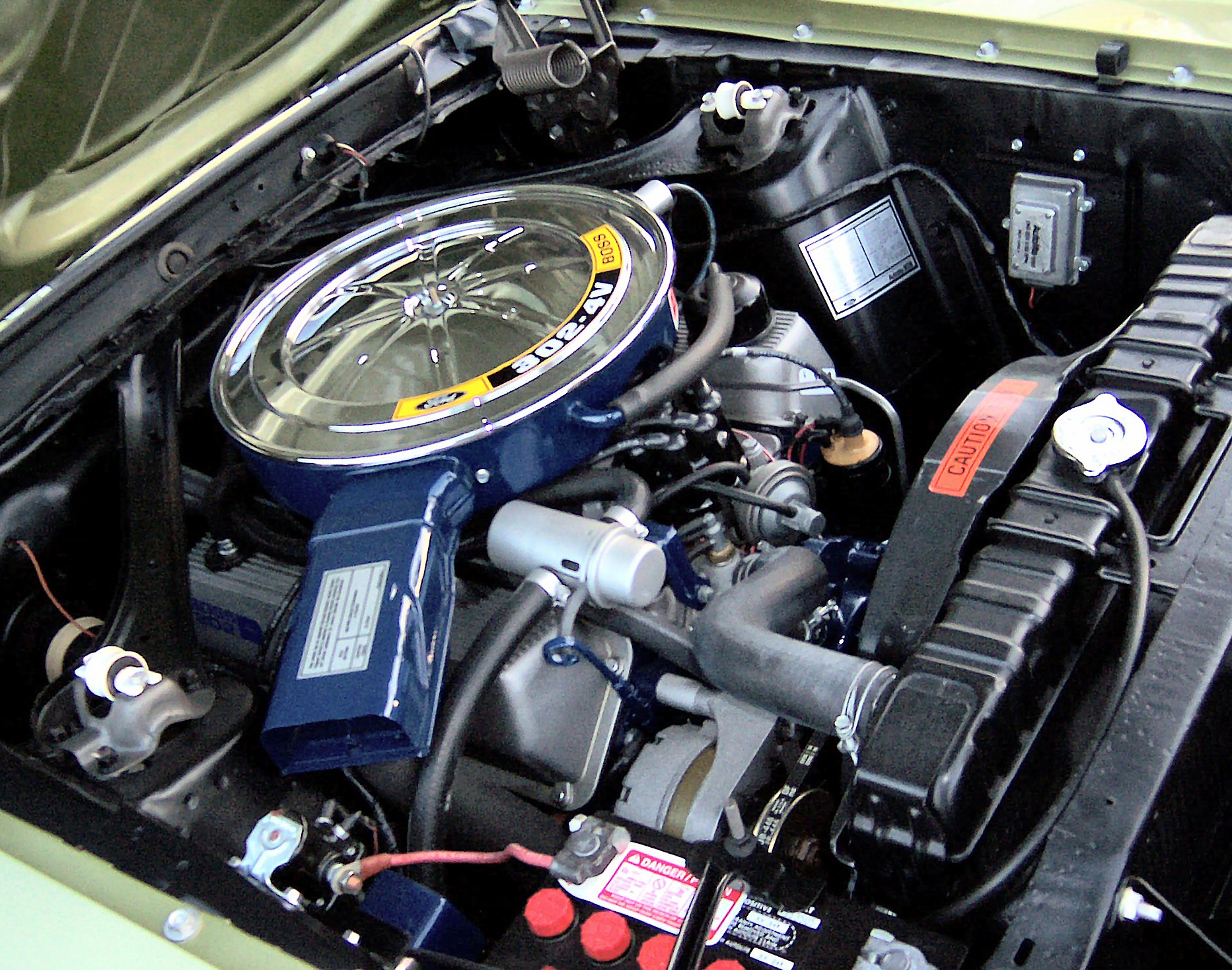
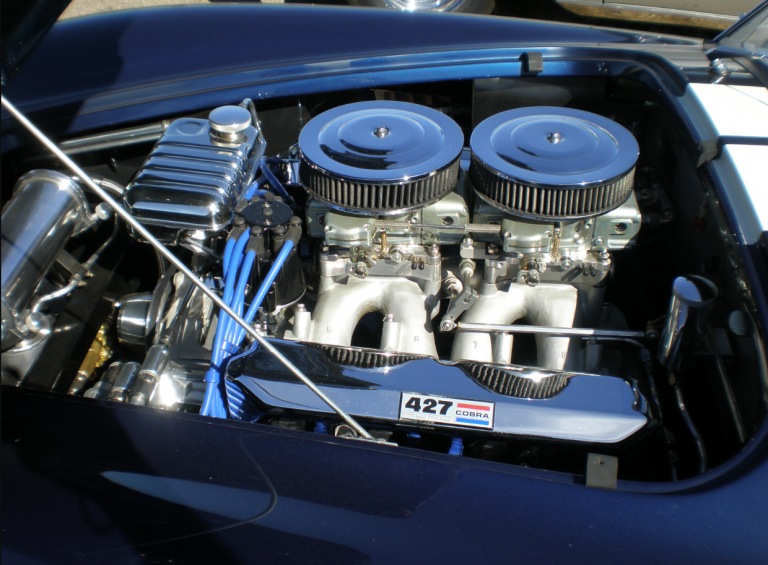
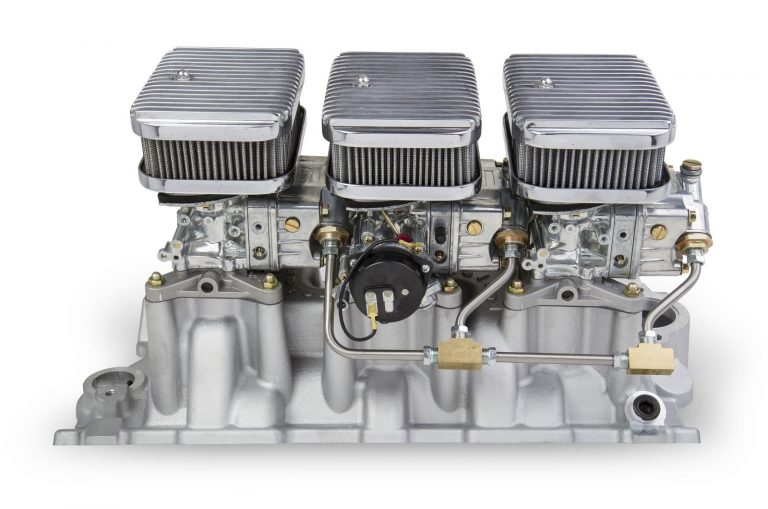
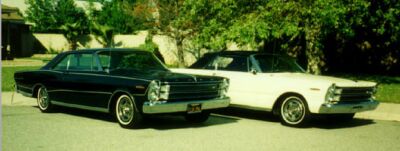
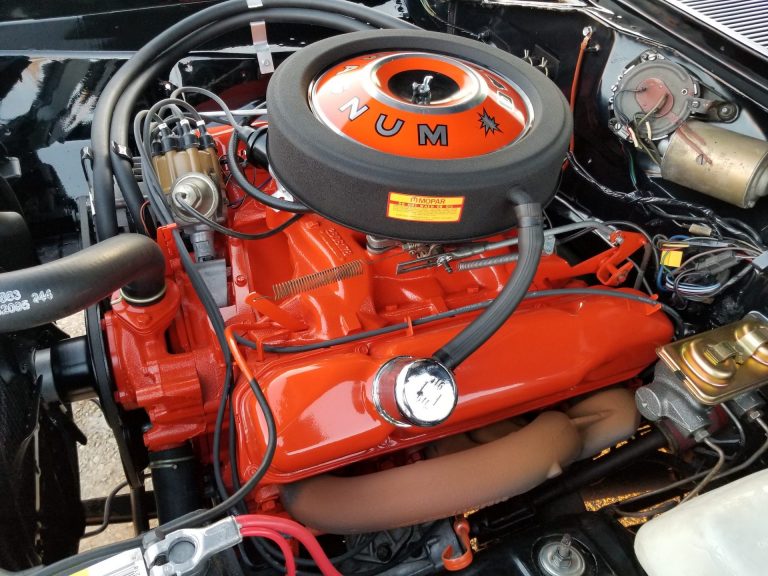
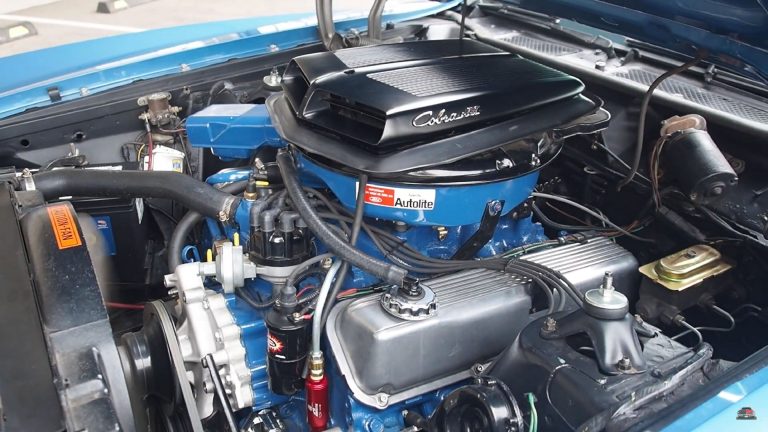
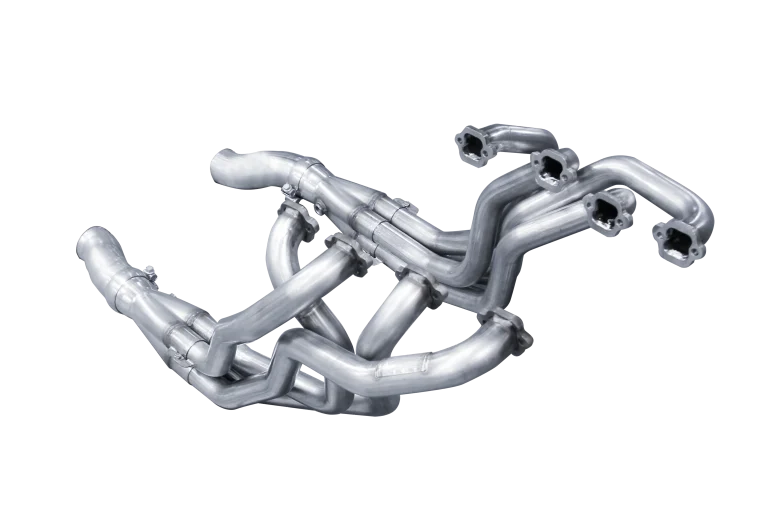
This is a great article on the 302. I’m building a 1975 302 and this is enlightening as to the changes that have been happening to the motor. I’m putting my 302 into a 1991 ford ranger 4×4.
I’m trying to find the best transmission for it but this article has an abundance of valuable information. Thanks
Ford did NOT “bore out the 289” to make the 302. The 289 & 302 both have a 4 inch bore. The 302 is a STROKED 289. The 289 has a stroke of 2.87 inches, the 302 has a stroke of 3.0 inches. Ford lengthed the bottom of the 289 block’s cylinders to accommodate the extra stroke.
Great info on the life cycle of the 5.0L/302